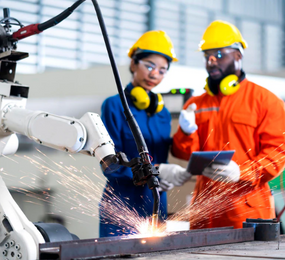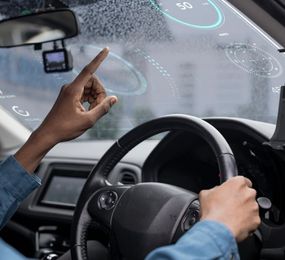The automotive industry is undergoing a rapid transformation driven by advancements in technology. As vehicles become increasingly complex, ensuring their safety is paramount. Model-Based Development (MBD) has emerged as a critical tool in achieving this goal. By leveraging virtual models and simulations, MBD significantly contributes to enhancing functional safety throughout the automotive development lifecycle.
Understanding Model-Based Development
MBD is a systematic approach to engineering where mathematical models are used to represent physical systems. These models serve as the foundation for design, analysis, simulation, and verification. In the context of automotive development, MBD involves creating virtual representations of vehicle components, subsystems, and the overall system.
The Role of MBD in Functional Safety
- Early Risk Identification: MBD enables engineers to identify potential safety hazards early in the development process through virtual testing and simulation.
- Enhanced System Understanding: By creating detailed models, engineers gain a deeper understanding of system behavior, interactions, and dependencies, leading to improved safety designs.
- Improved Verification and Validation: MBD facilitates rigorous testing and validation by providing a virtual environment to assess system performance under various conditions.
- Accelerated Development: MBD can reduce development time and costs by enabling rapid prototyping and iteration.
- Compliance with Standards: MBD supports the implementation of functional safety standards like ISO 26262 by providing evidence of system safety.
Challenges and Best Practices
Implementing MBD effectively requires careful planning and consideration. Some challenges include:
- Model fidelity: Ensuring that models accurately represent the physical system is crucial.
- Toolchain integration: Integrating MBD tools with existing development processes can be complex.
- Skill development: Engineers need specialized training in MBD methodologies and tools.
To overcome these challenges, best practices include:
- Clear model requirements: Defining clear objectives for each model.
- Model validation: Verifying the accuracy of models through comparison with real-world data.
- Toolchain selection: Choosing appropriate MBD tools based on project needs.
- Continuous improvement: Regularly evaluating and refining MBD processes.
The Future of MBD and Functional Safety
As automotive technology continues to advance, MBD will play an even more critical role in ensuring vehicle safety. The integration of artificial intelligence and machine learning into MBD tools will further enhance capabilities, enabling the creation of more sophisticated and realistic simulations.
By embracing MBD as a core component of their development processes, automotive manufacturers can significantly improve the safety and reliability of their vehicles while reducing development time and costs.
Register today to secure your spot, please check here: https://bit.ly/3zH7AKk
For more information and group participation, contact us: [email protected]
















